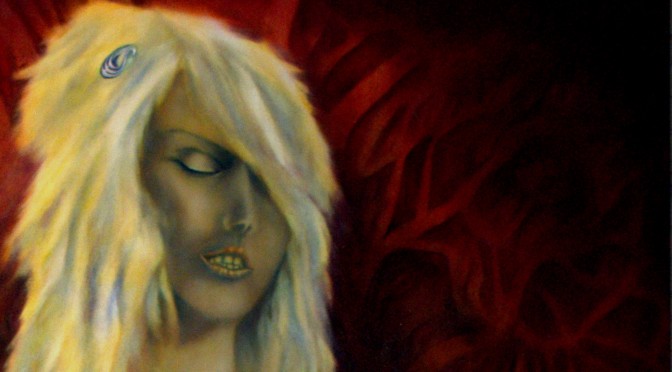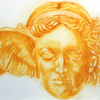
Leda

Leda and the Swan
Oil on canvas 72 inches by 48 inches 2012. Buy Original Painting from Saatchi Art
In Greek mythology, Leda was daughter of the Aetolian king Thestius, and wife of the king Tyndareus of Sparta. According to the myth, Zeus appeared to Leda in the form of a swan, seducing and impregnating her. Leda produced four offspring from two eggs: Castor and Clytemnestra from one egg, and Helen and Polydeuces from the other.
As the mother of Helen of Troy, she is root of the “Time of Heroes”, the Trojan War.
Zeus in this tale is demonstrated to be a “shape shifter”, a shaman entering our dimension and reality from another. He is an alien.
Depicted in the painting we witness the climax of Leda and Zeus intercourse.

Leave a comment